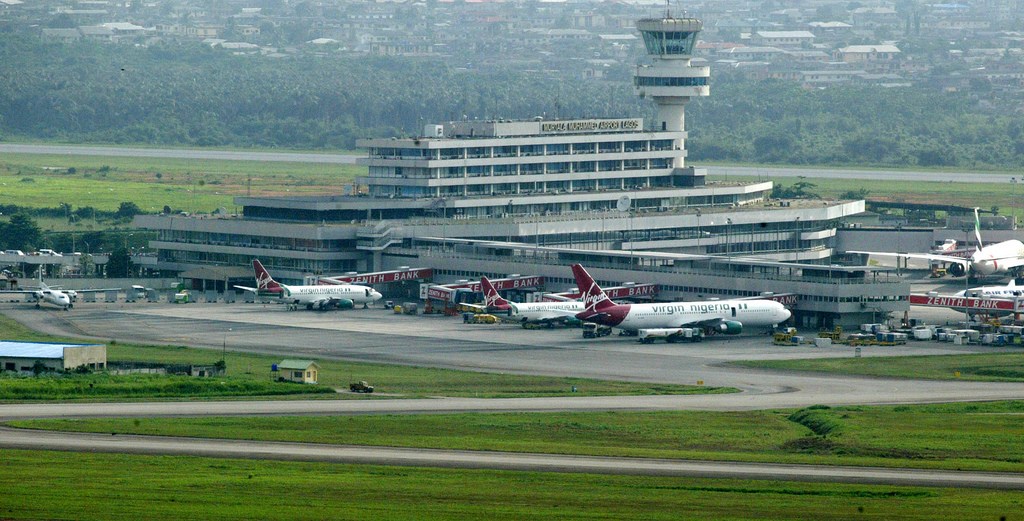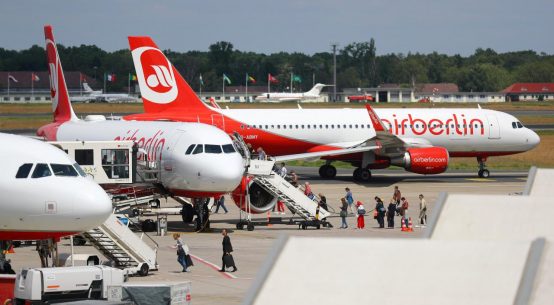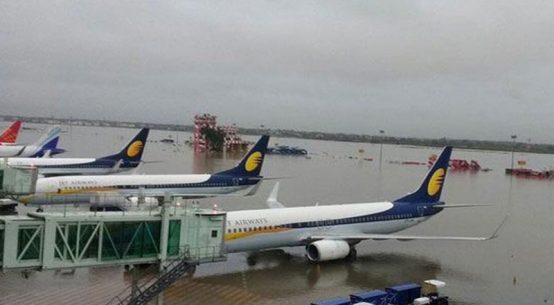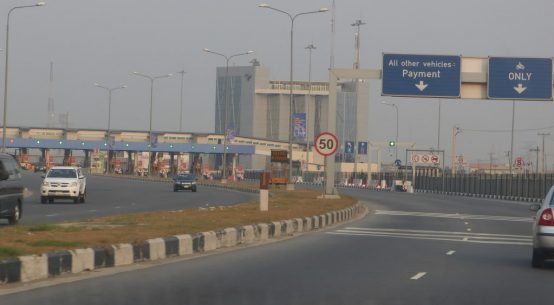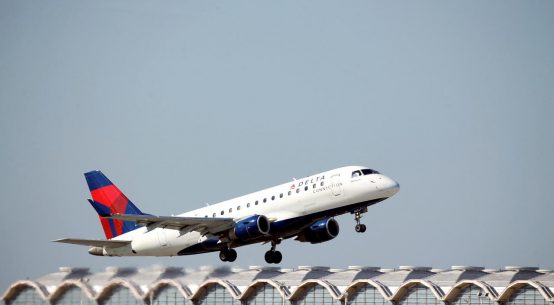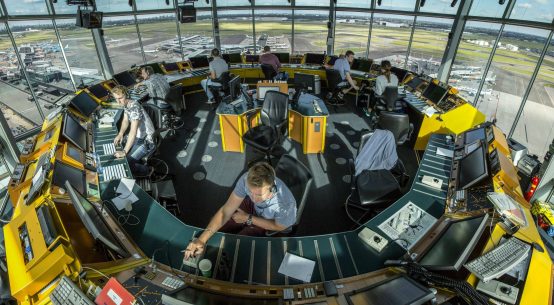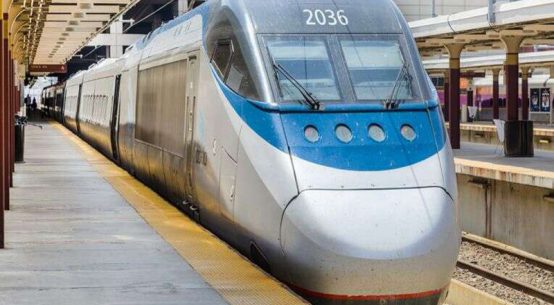Murtala Mohammed International Airport Ikeja
Lagos – Airlines in Nigeria have come out strongly to blame the poor takeoff and landing equipment in the country’s airports for the flight delays and cancellations experienced in the last two weeks.
Airline Operators of Nigeria last year blamed the inability of airlines to operate their flight services normally due to poor visibility on obsolete navigational aids at the nation’s airports. According to the AON, Nigeria still operates category 1 visibility, also known as CAT 1 with 800 metres, while most airports around the world operate CAT lll and land in zero visibility.
Imagine your Ad placed here
The association said navigational aids at airports around the country were in deplorable state and had made flying in the Nigerian airspace virtually impossible during the harmattan season, adding that this had increased the sufferings of passengers. The poor state of equipment meant that “flights cannot land at below 800 metres due to the obsolete ILS in place at the airport. Yet, all the aircraft being operated by the airlines are fully equipped to do a CAT ll or even CAT lll landing.
However, the Nigerian Airspace Management Agency said early in the year that it had concluded plans to deploy new Instrument Landing Systems such as the distance measuring equipment, and the Doppler VOR to replace obsolete facilities at the nation’s airports even as it described the process as capital intensive.
Many passengers were left stranded at airports across the country due to the weather that has disrupted flight operations.
A passenger on Friday described the situation at Lagos airport as “cancellation and delay galore,” as his flight to Calabar was cancelled after he had spent most of the day waiting. While another airline source stated that in the past five days, there had been no flight to Benin City due to poor visibility.
Apart from the usual routes that had experienced delays and outright cancellations in the past days, most morning flights from Lagos to Abuja on Friday were either delayed or cancelled due to bad weather. A source in one of the domestic airlines said that most aircraft had the ability to land on zero visibility if the right equipment was in place.
For more Logistics News, Follow us on TWITTER Follow us on FACEBOOK
“We shouldn’t be in the situation we are in right now if we had the right instrument landing system. Seventy percent of the challenges airlines have can be attributed to poor landing system. Only five airports have good lighting for landing; and out of those five, only four are viable. It is really a big challenge,” the source said.

